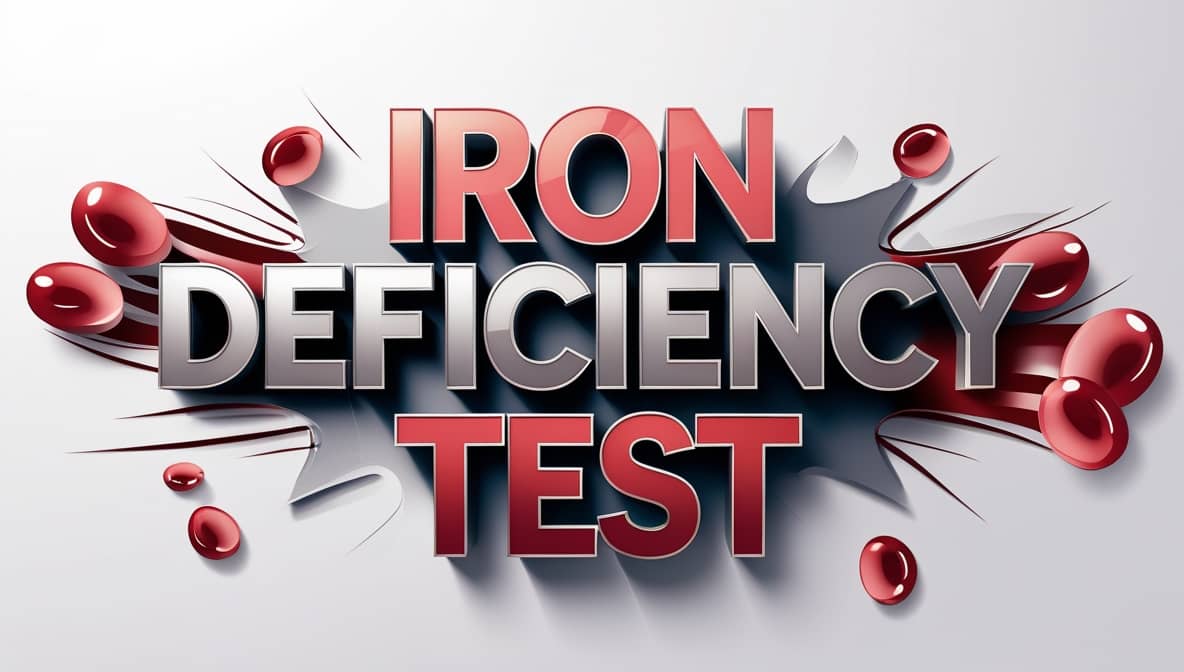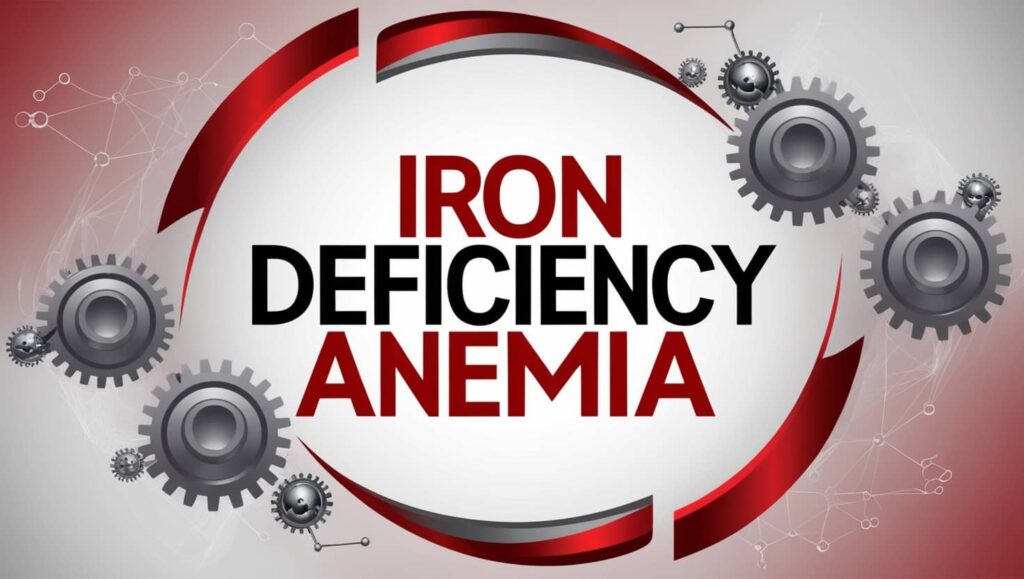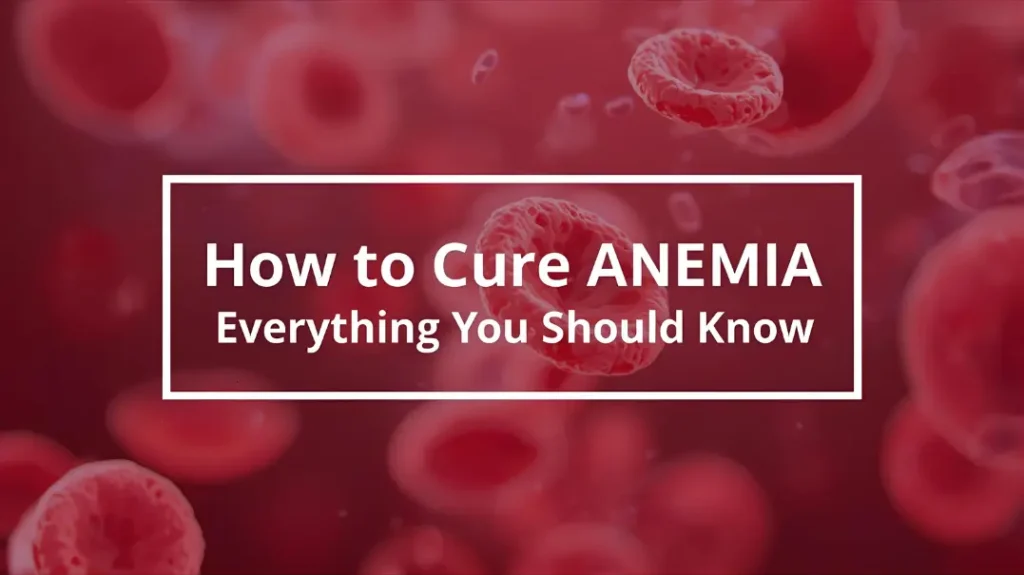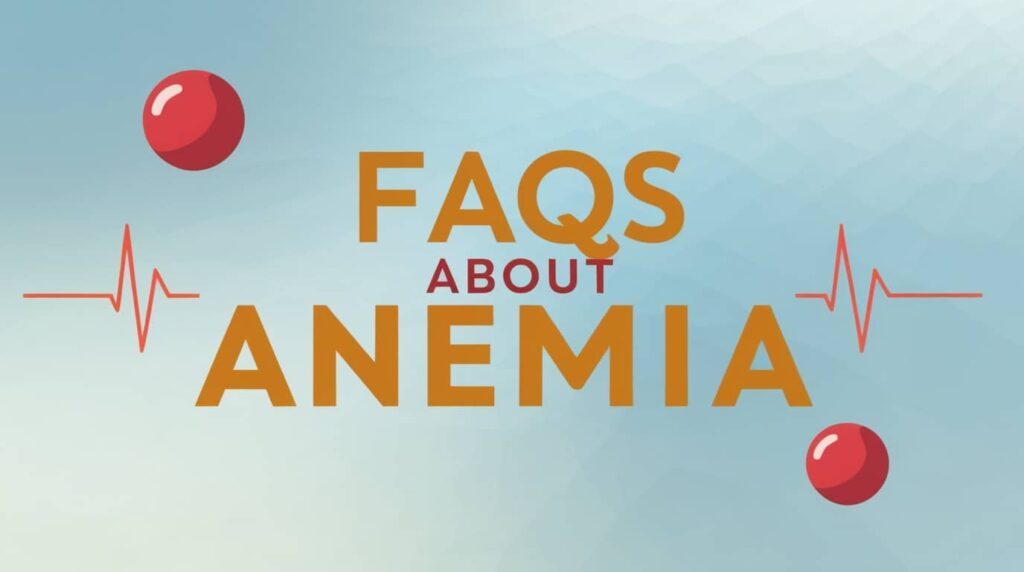Iron is an essential mineral necessary for the body’s growth and development. The body utilizes iron to produce hemoglobin, a protein found in red blood cells. Hemoglobin carries oxygen from the lungs throughout the body. Additionally, iron plays a crucial role in maintaining healthy muscles, bone marrow, and the proper functioning of organs. Your body also requires iron to synthesize certain hormones. An iron deficiency test evaluates various substances in the blood to assess the iron levels in your body.
What is an Iron Deficiency Test?
There are various kinds of iron tests. You might only undergo one specific type of test. However, in some situations, your healthcare provider may request multiple iron tests to gain a clearer understanding of your results. The different forms of iron tests consist of:
Serum Iron Test
Evaluates the quantity of iron present in the bloodstream. Decreased serum iron levels may suggest iron deficiency.
Transferrin Test
Assesses the concentration of ferritin in the bloodstream, which is an iron-containing protein found in the blood.
Ferritin levels can provide doctors with insight into the amount of iron stored in the body.
Low ferritin levels indicate decreased iron stores and potential iron deficiency. Ferritin is measured in micrograms per liter (µg/L).
Total Iron-Binding Capacity (TIBC)
It is a blood test that evaluates iron levels within the bloodstream. Doctors often perform this test alongside transferrin tests to look for signs of anemia.
Elevated TIBC levels may suggest reduced iron in the blood due to iron deficiency anemia. Conversely, TIBC levels may be low in certain other types of anemia, such as those caused by the destruction of red blood cells.
Ferritin Blood Test
This determines how much iron is stored in the body. The typical range is from 30 to 300 ng/mL (67.4 to 674.1 pmol/L). Values below 30 ng/mL (67.4 pmol/L) indicate iron deficiency specifically.
Soluble Transferrin Receptor Test
Iron enters cells by binding to a protein known as transferrin. Having sufficient transferrin in the body is crucial for facilitating the entry of iron into cells.
When iron levels are insufficient, the body increases transferrin production to enhance the availability of the existing iron.
Elevated transferrin levels may indicate iron deficiency anemia, and healthcare professionals can utilize a soluble transferrin receptor (sTfR) test to evaluate these levels.
Peripheral Smear
It involves taking a small blood sample and analyzing it under a microscope. In cases of iron deficiency anemia, the red blood cells observed will appear smaller and lighter than usual under the microscope.
What is Iron Deficiency Anemia?
Iron-deficiency anemia is a prevalent blood condition that impacts red blood cells. It is the most widespread type of anemia. This condition occurs when there is an insufficient amount of iron in your blood, often due to bleeding.
Without enough iron, your bone marrow is unable to produce hemoglobin, the component in red blood cells responsible for transporting oxygen throughout the body. When hemoglobin levels are low, your blood cannot effectively distribute oxygen to tissues.
As a consequence, you may experience fatigue. You might observe symptoms like pale skin and cold extremities. Iron-deficiency anemia can also lead to feelings of dizziness or lightheadedness. In some cases, it can result in chest discomfort, a rapid heartbeat, and difficulty breathing. It may even lead to cravings for non-food items such as ice, dirt, or paper. These symptoms are all indicative of iron-deficiency anemia.
Why is an Iron Deficiency Test Important?
Iron tests are commonly utilized to:
- Determine if the iron levels in your bloodstream are insufficient, indicating anemia. However, not everyone with low iron levels has anemia.
- Identify various forms of anemia.
- Evaluate the amount of iron stored in your liver to assess for liver disease.
- Monitor the effectiveness of treatments for either low iron levels or high iron levels.
Related — Iron Rich Foods | Everything About Iron
Stages of Iron-Deficiency Anemia
In a typical scenario, your body takes in iron from your diet. It also retains iron to produce hemoglobin. Iron-deficiency anemia occurs when your body depletes its iron reserves faster than they can be replenished, or when the intake of iron into your body decreases.
There are three stages to this condition:
First stage → Iron reserves diminish. At this point, your insufficient iron supply has not yet impacted your red blood cells.
Second stage → With low iron reserves, your body changes its processing of red blood cells. Your bone marrow produces red blood cells lacking sufficient hemoglobin.
Third stage → Iron deficiency test as serum iron level test falls below the normal range. You might start experiencing symptoms of iron-deficiency anemia.
Related — Symptoms of Dying From Anemia
F&Q
What Happens During an Iron Deficiency Test?
During an iron test, a healthcare professional will collect a blood sample from a vein in your arm using a small needle. Once the needle is inserted, a small quantity of blood will be drawn into a test tube or vial. This process typically lasts less than five minutes.
Will I Need to Do Anything Prior to the Test?
Your healthcare provider may instruct you to fast (avoid eating or drinking) for 12 hours before the test. It is generally conducted in the morning. If you have any inquiries regarding how to prepare for your test, consult your healthcare provider.
Are There Any Potential Risks Associated with the Iron Deficiency Test?
The risk involved in having a blood test is very minimal. You might experience mild pain or bruising at the site where the needle was inserted, but most symptoms tend to resolve quickly.
In conclusion, an iron deficiency test is a simple yet vital step toward protecting your overall health. By identifying low iron levels early it helps prevent serious complications and guides effective treatment.
Reference
MSD Manual -Iron Deficiency Anemia – Hematology and Oncology. Retrieved from MSD Manual Professional Edition.
Medicalnews today -Which tests can diagnose iron deficiency anemia? Retrieved from Medicalnewstoday.
Iron Tests: MedlinePlus Medical Test. Retrieved from MedlinePlus.







